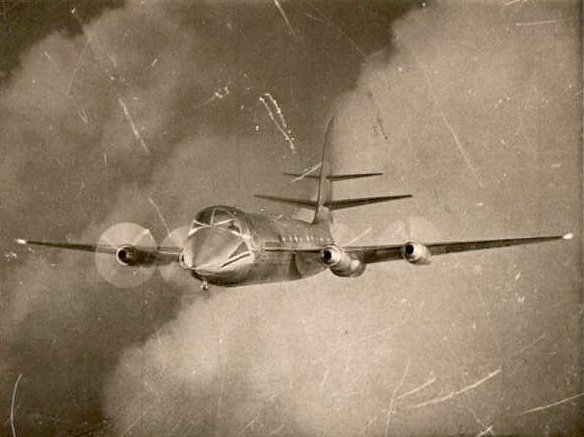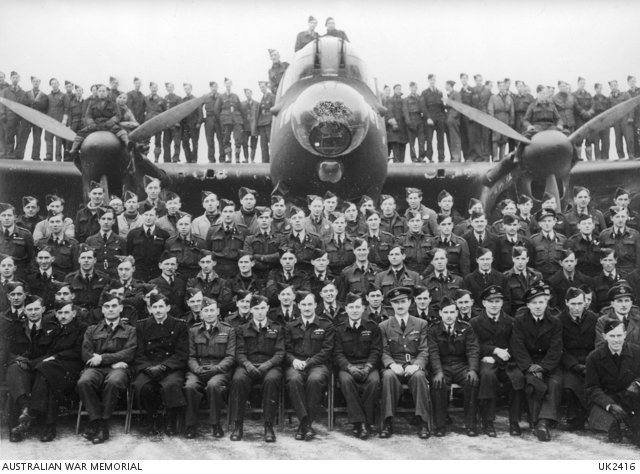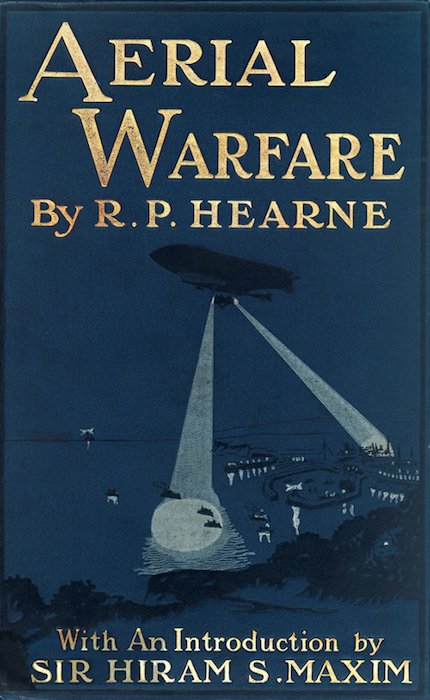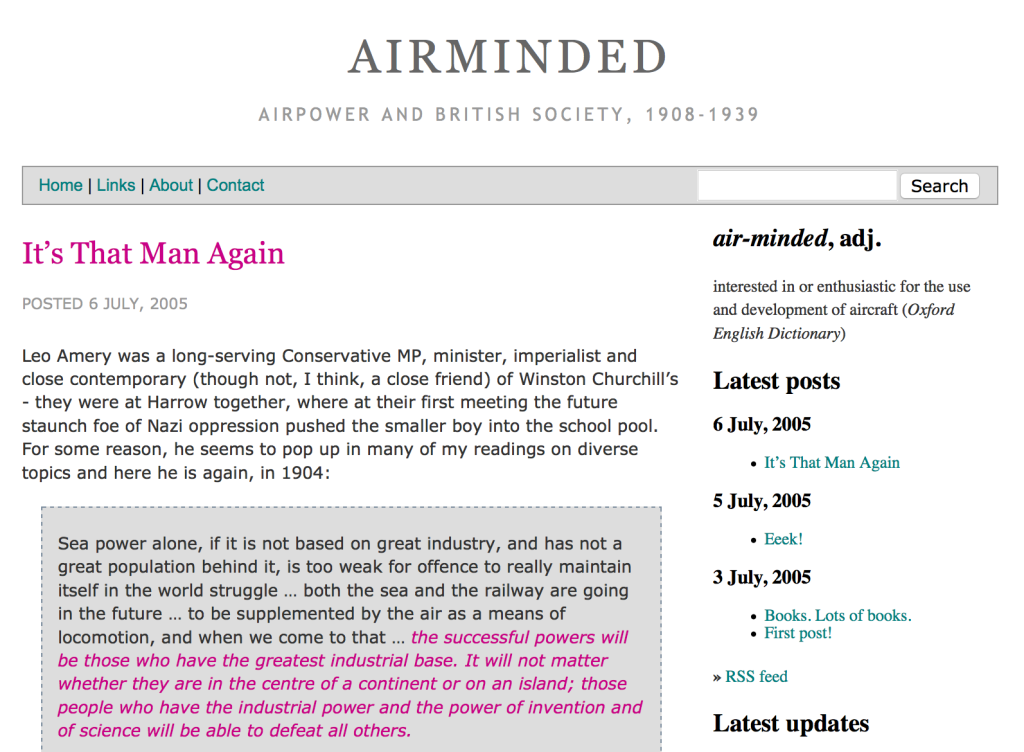Repost: The aerial theatre
[Part of a celebration of Airminded’s 10th anniversary; originally posted on 1 March 2014. This was an initial roughing out of an idea for my next big research project, which hasn’t quite happened because I’ve been distracted by other things and haven’t got any funding yet. But I still hope to pursue it in some […]







